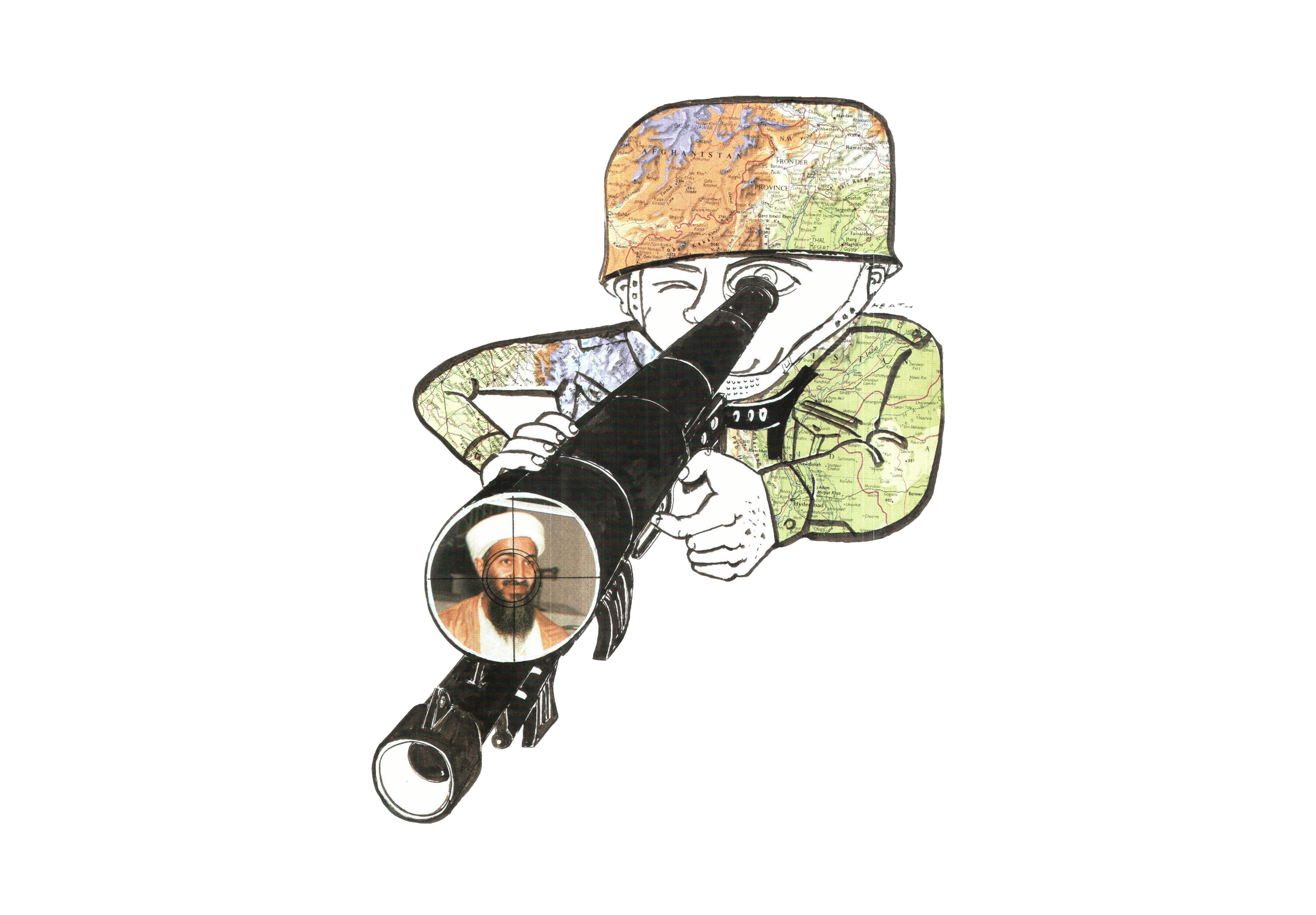For many years, the mainstream story of the British armed forces has been one of cuts and decline. More cuts are to come. Even though the army has not been at its target strength for several years, the Defence Command Paper, released on Monday, commits to reducing the British army’s size by an additional 10,000 troops — around 12 per cent of its operational manpower.
But does this necessarily matter? Of course it does. Over the past decade, the British armed forces have been underfunded and stretched to meet the tasks afforded to them by the government. Between 2010 and 2015, defence spending continued to fall in real terms until it fell below the Nato target of 2 per cent of GDP.
Although spending has risen since then, it has not been enough to cure the rot. Even a large and welcome £16.5 billion increase in defence spending, provided by Boris Johnson in November last year, has not been enough to maintain the armed forces’ current size as well as develop the new weaponry Britain needs to be prepared for future conflicts.
For a compact but potent country like Britain, it is the development of cutting-edge technology that matters
Yet, British strategists have never relied on large armies.

Get Britain's best politics newsletters
Register to get The Spectator's insight and opinion straight to your inbox. You can then read two free articles each week.
Already a subscriber? Log in







Comments
Join the debate for just $5 for 3 months
Be part of the conversation with other Spectator readers by getting your first three months for $5.
UNLOCK ACCESS Just $5 for 3 monthsAlready a subscriber? Log in